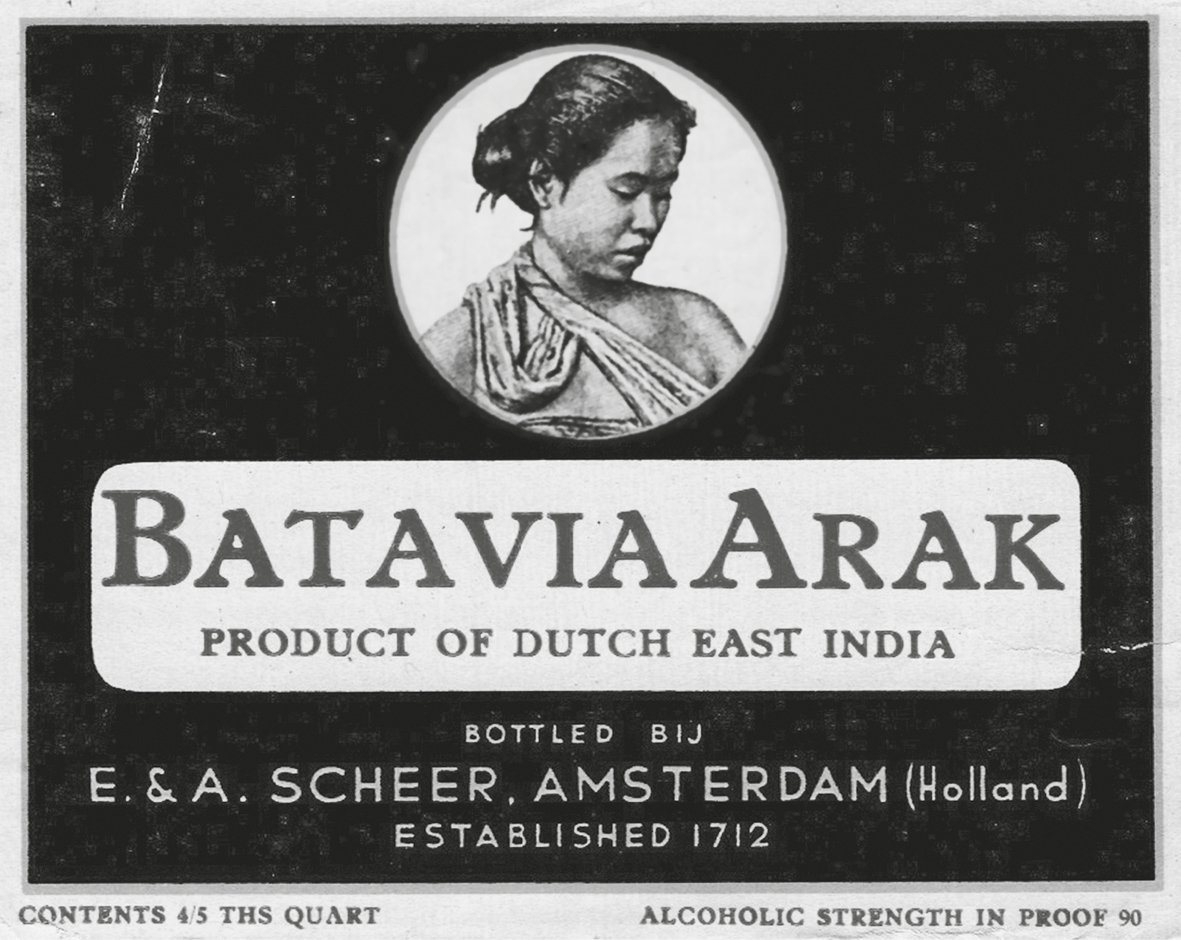E & A Scheer , a Dutch firm, provides the hidden infrastructure of much of the global rum trade and all of the trade in Batavia arrack. See arrack, Batavia. For any rum brand that does not have its own distillery, the chances are very good that the product itself, as distinct from its branding or marketing, will have been developed in conjunction with, and supplied by, Scheer. For arrack brands, it is a certainty.
Evert Scheer (ca. 1735–1788), a distiller, and his brother Anthonie (ca. 1740–1783), a wine and spirits merchant, were born in northwest Germany and married into the prosperous distilling and trading Kappelhof family of Amsterdam. The Scheer brothers had their own general shipping and trading company by 1773 (the firm maintains that it was founded in 1712, but it is impossible at this remove to determine what that is based on). The business, a thriving one, remained within the family until 1862, when it passed into the hands of the Huijsser family, who still have a large stake in the privately held company.
In 1818, the company began trading in arrack from Batavia, in the Dutch East Indies (modern-day Jakarta), which enjoyed wide popularity in northern Europe, primarily as a punch ingredient. See punch. This would soon become the heart of its business and remain so until the late twentieth century. In 1895, E & A Scheer was responsible for half of the arrack that the Netherlands imported (and thus a very large part of world production, almost all of which passed through that country), warehousing it and blending it and selling to retailers and wholesalers in Germany and Scandinavia; it also dealt in rum from the West Indies, although it was not a major part of the business. As the twentieth century progressed, however, the arrack trade began to falter due to internal price wars, world events (among them wartime blockades, German occupation, and the upheaval caused by Indonesian independence), and sharply declining demand, and Scheer devoted itself more and more to dealing in rum. It did not abandon the arrack trade entirely, though, and by the early 1980s, having absorbed its competitors, it found itself the last European arrack merchant in operation, the sole heir to a trade more than three centuries old.
cachaça and esters. It buys it stocks from over twenty-five distilleries worldwide, importing more than ten million liters of spirits a year.For customers who know precisely what kind of rum or arrack they want, Scheer acts essentially as a broker. For others, the company determines the desired flavor profile, prepares several blends from the “parcels”—preliminary blends of similar age and flavor—in their warehouses, and works with the customer to refine their preferred one. Its orders range from a single cask to lots exceeding one million liters.
See also rum.
Pietrek, Matt. “The Most Important Rum Company You’ve Never Heard Of.” Cocktail Wonk, February 18, 2016. http://cocktailwonk.com/2016/02/the-most-important-rum-company-youve-never-heard-of-ea-scheer-rum-merchants-to-the-world.html (accessed May 16, 2017).
Verhoog, Jeroen. Walking on Gold: The History of Trading Company E & A Scheer. Amsterdam: E & A Scheer, 2013.
By: David Wondrich
E. & A. Scheer Batavia Arrack label, ca. 1930.
Courtesy of Carsten Vlierboom.
 E. & A. Scheer Batavia Arrack label, ca. 1930. Source: Courtesy of Carsten Vlierboom.
E. & A. Scheer Batavia Arrack label, ca. 1930. Source: Courtesy of Carsten Vlierboom.
